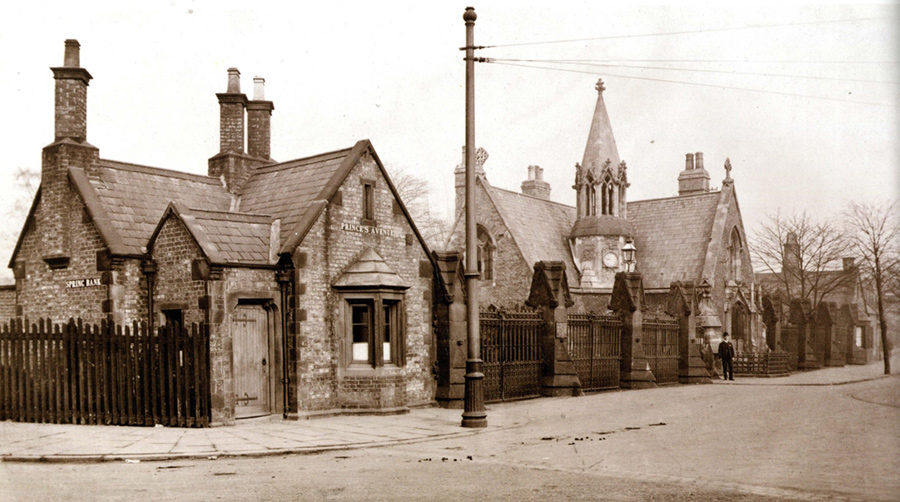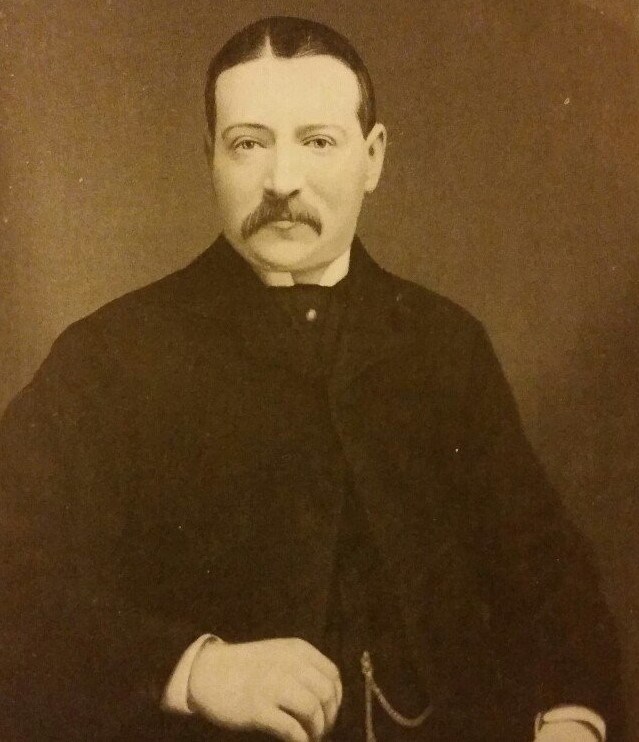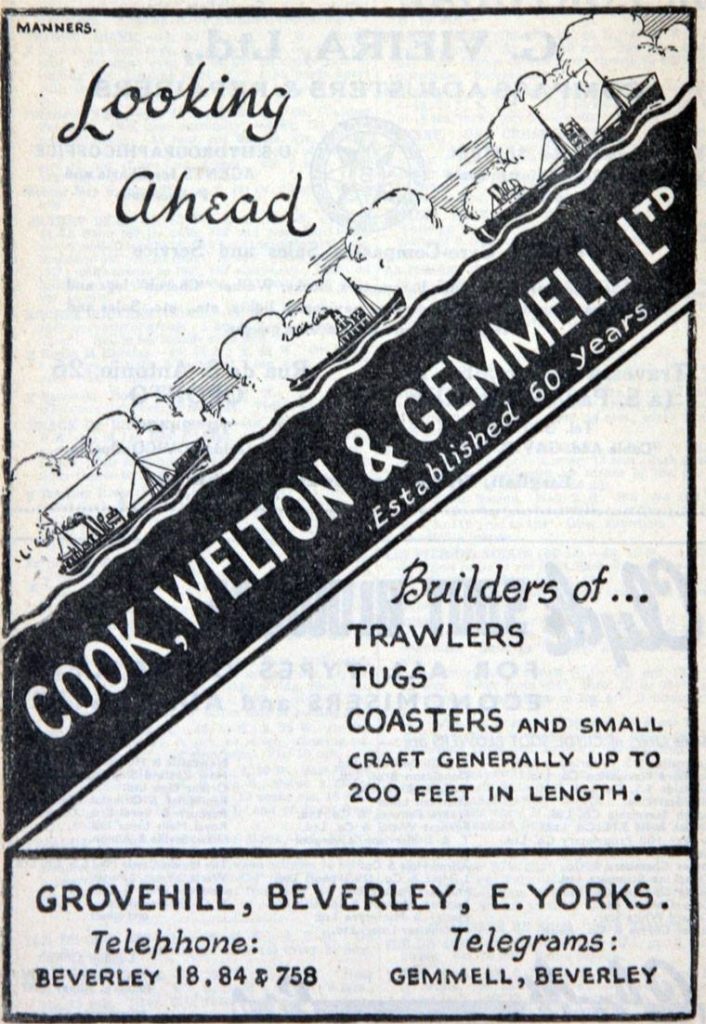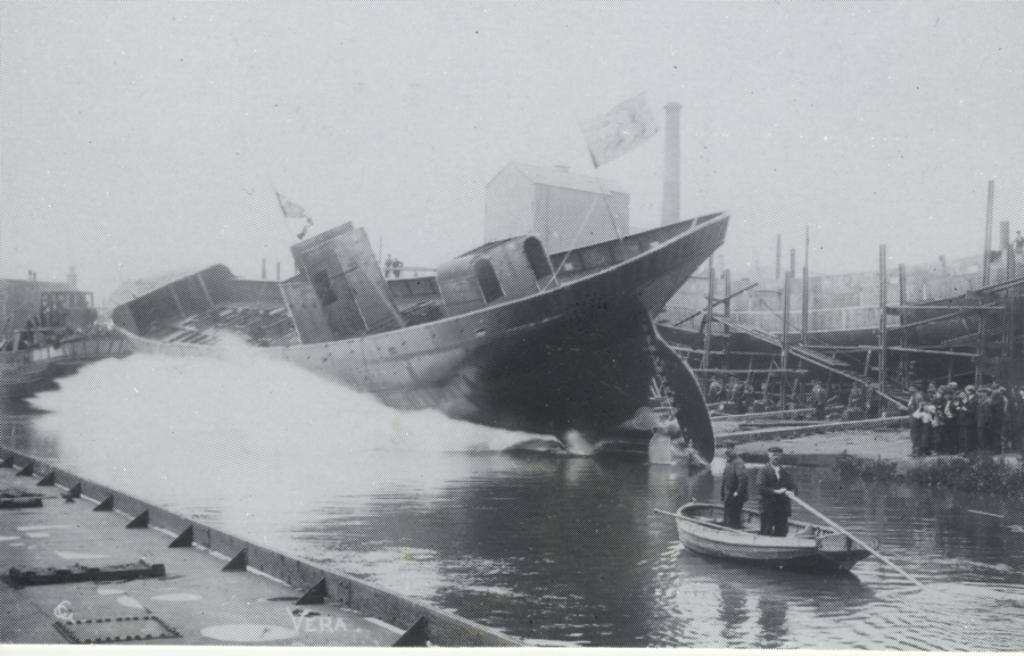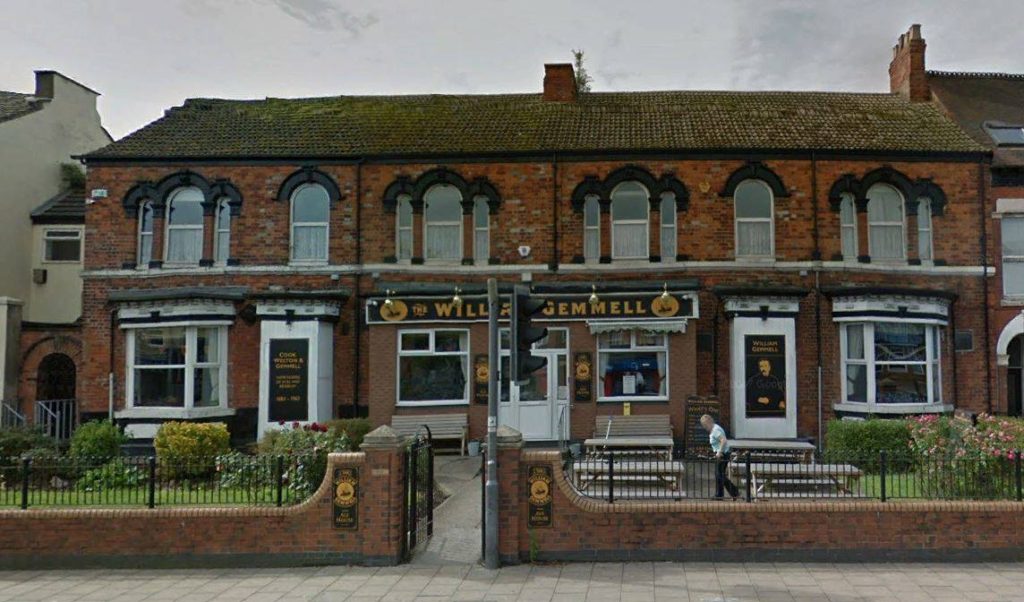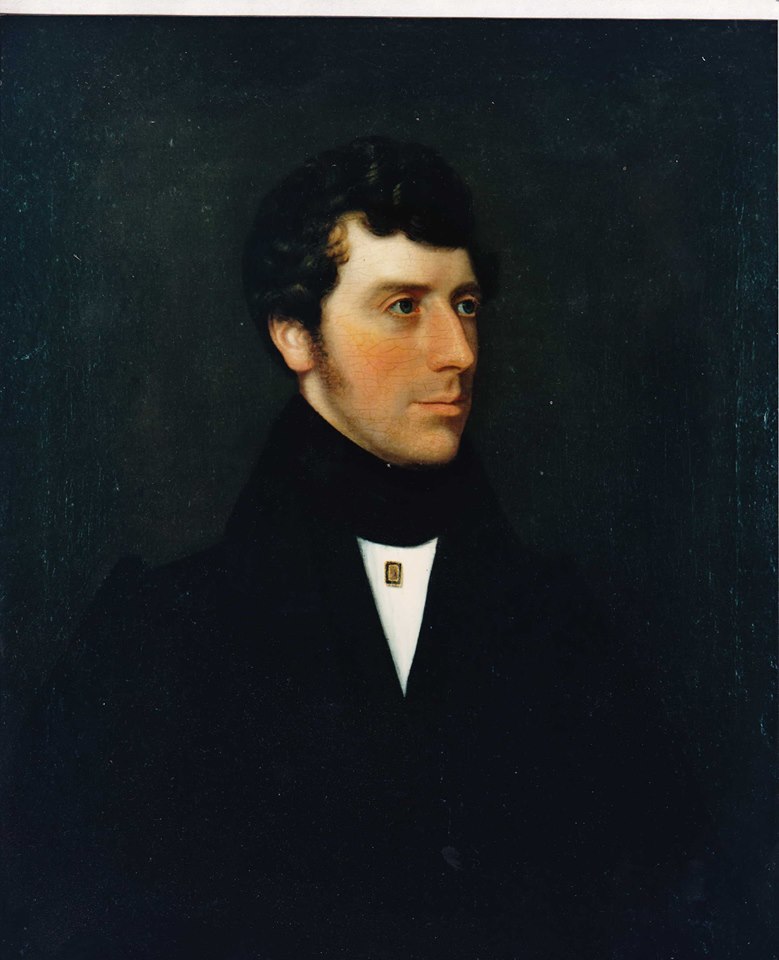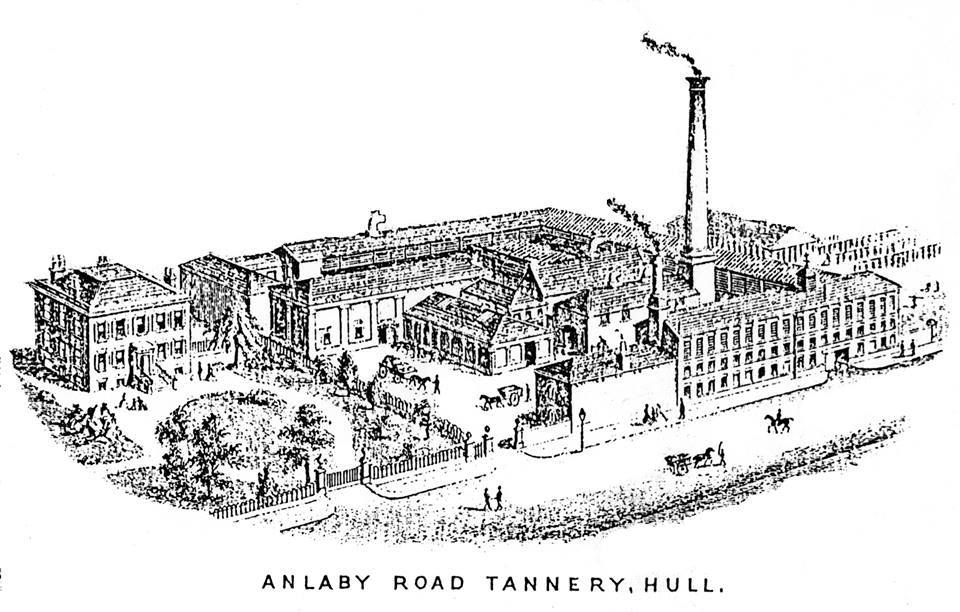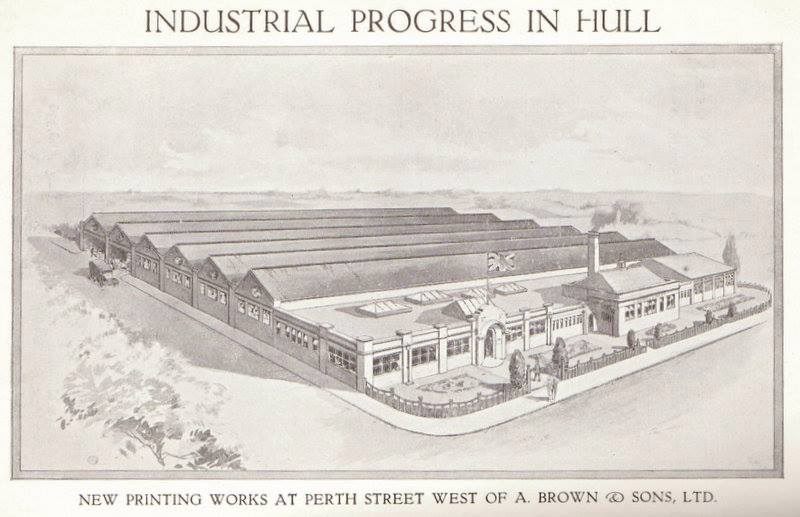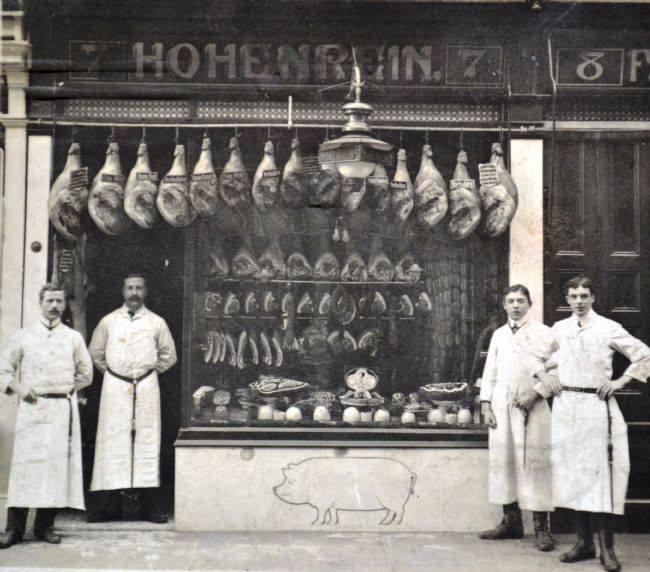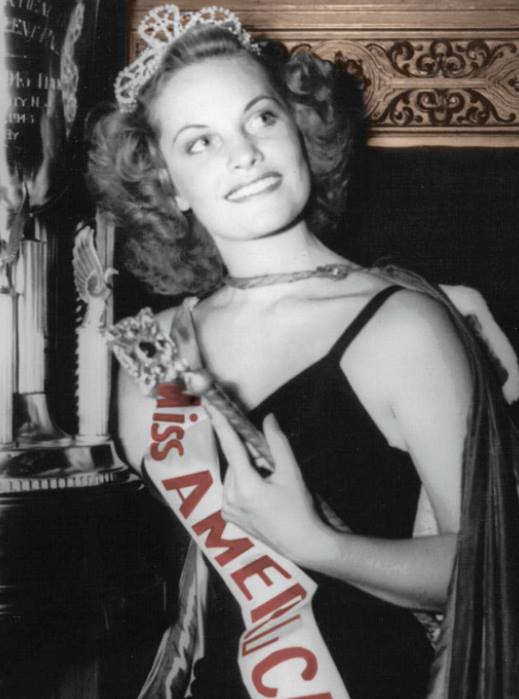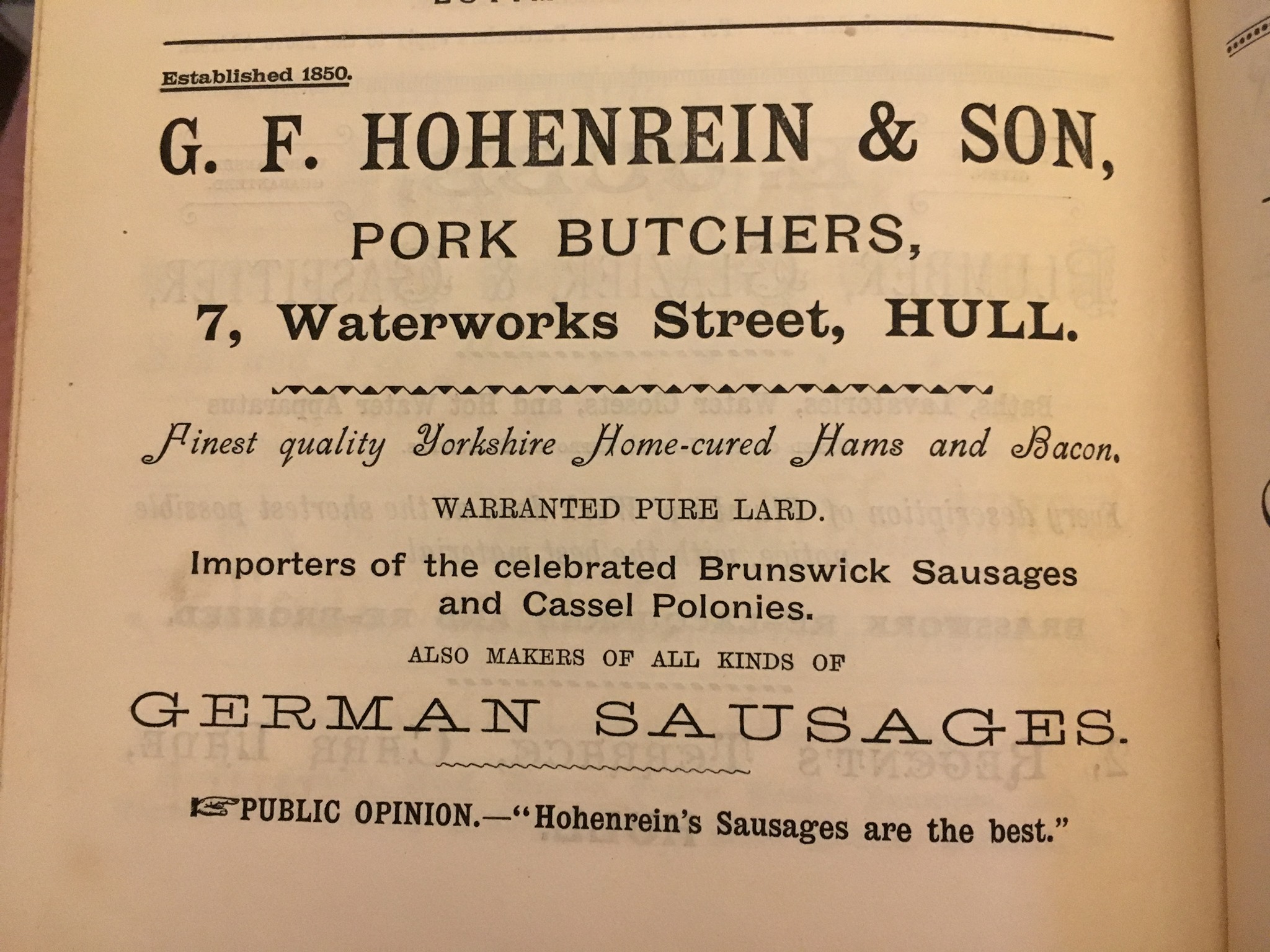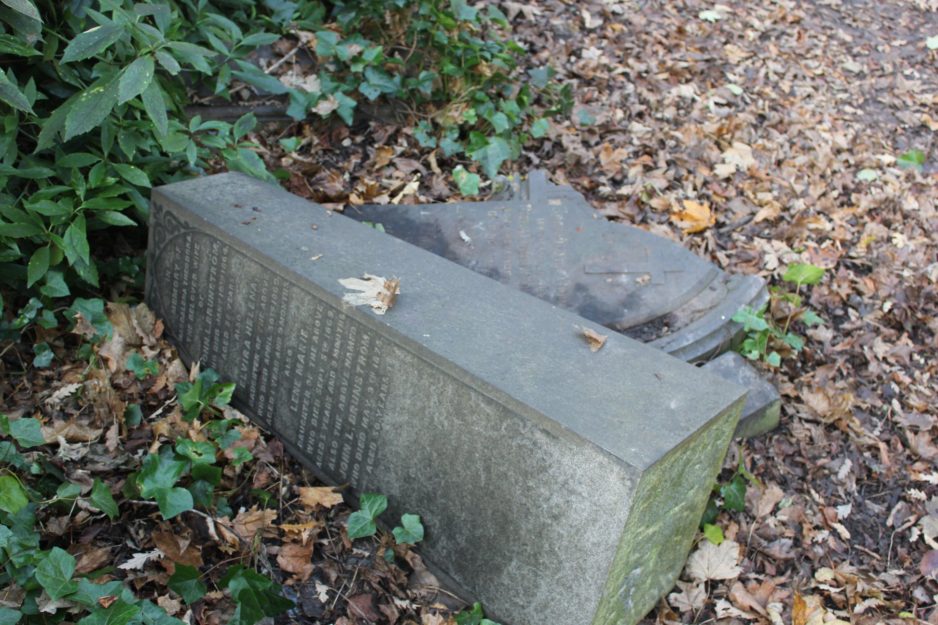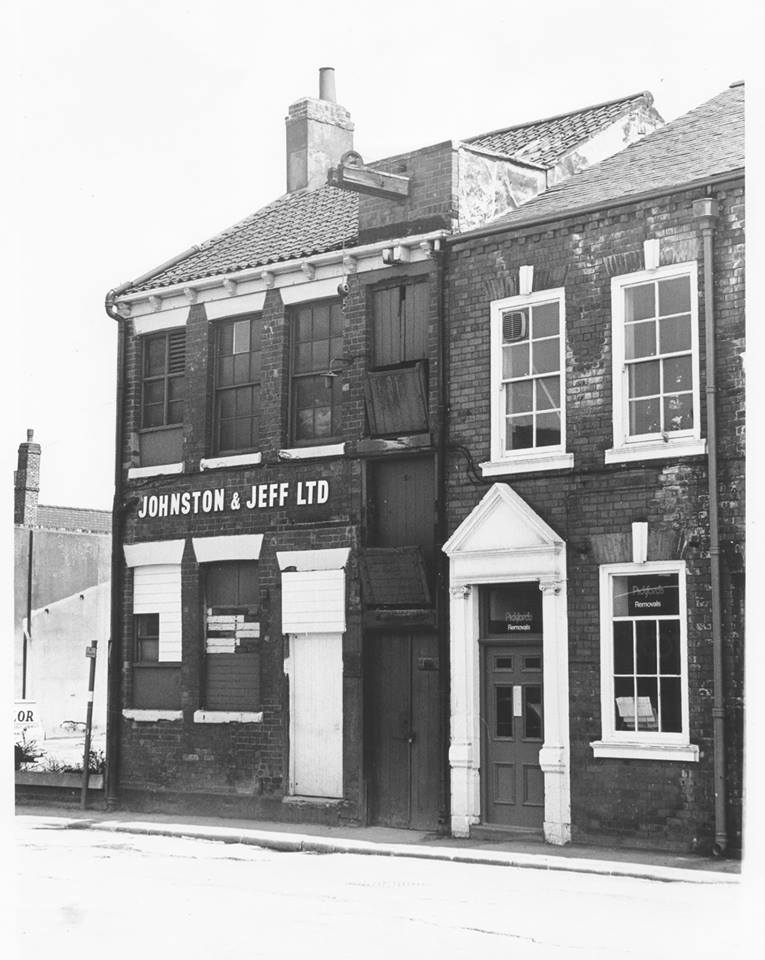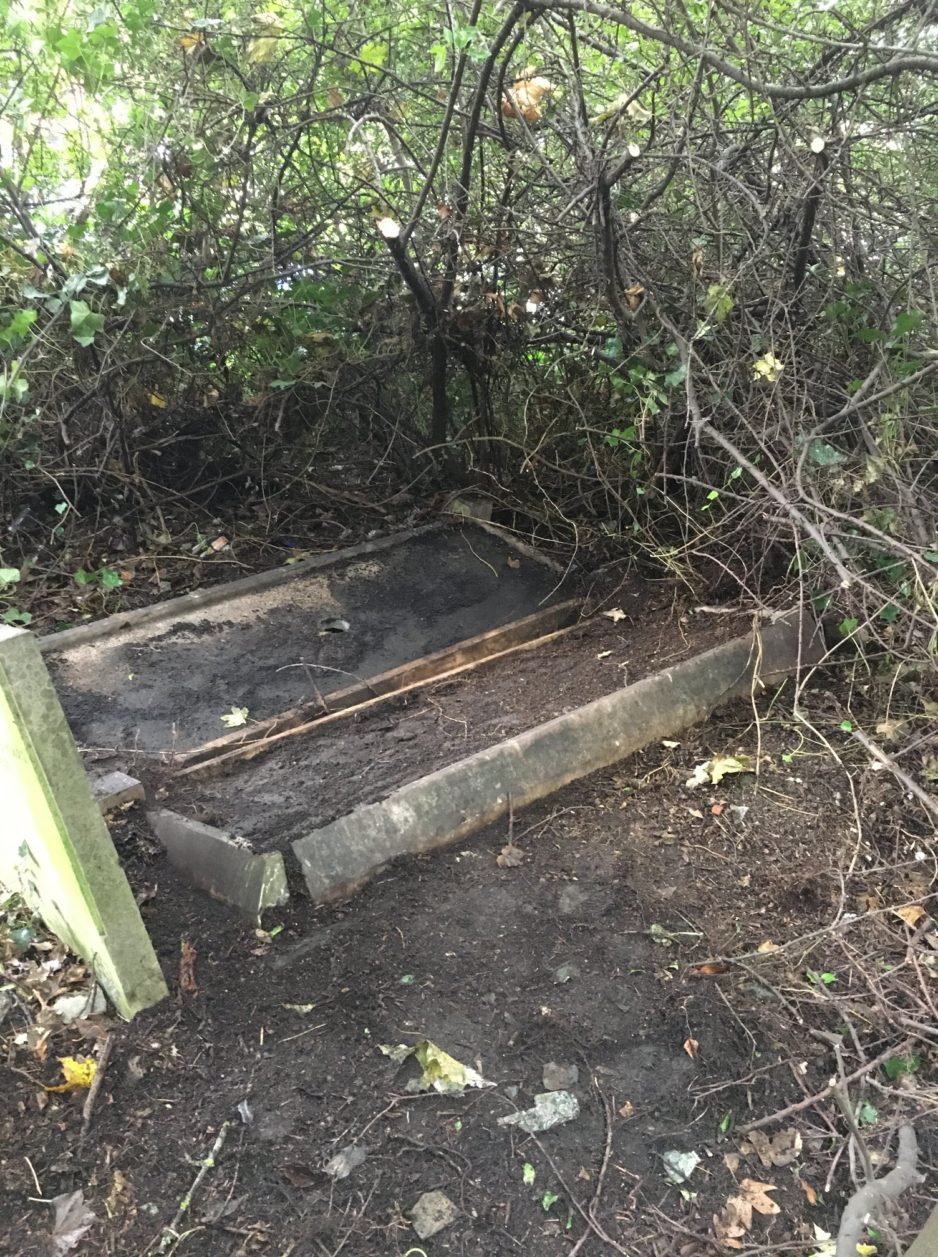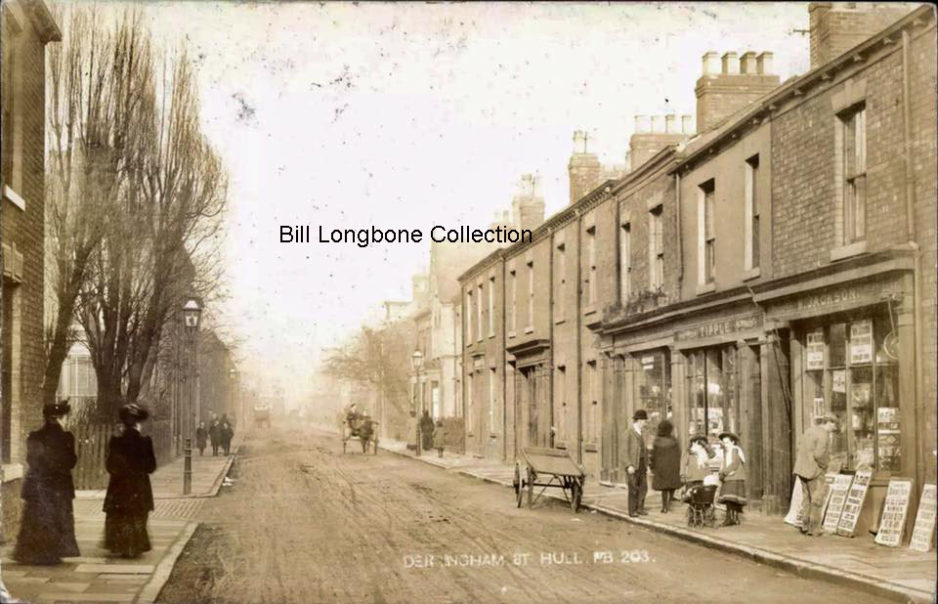FOHGC? Who the hell do they think they are?
Perhaps a little over the top as a headline, but what with the recent furore on the Facebook site, it’s probably time to clear the mystique around this shadowy group and their intentions.This is a short account of how the FOHGC arrived at this point. I hope it proves informative.
Firstly, let’s go back in time a little. The FOHGC is not the first group that wants to protect the cemetery from the various problems that it suffers from. By my reckoning it’s at least the third incarnation, and there may well have been a fourth in the early 1990’s but I have had difficulty tracing anything about that grouping.
I intend to write a fuller history of the original grouping for the site in the future. This grouping was known as The Spring Bank Cemetery Action Group. Full of interesting characters it deserves a chapter in itself.
2007
The middle group was a short run affair. It was begun in November 2007 from a general meeting attended by councillors and council officers. At the meeting 18 residents of the area turned up. Unlike today, after a decade of austerity induced cuts to council funding, the proposals were quite generous. Big plans were formulated. A gravel company was approached for costings to gravel the paths. Litter bins were to be installed, bulbs were to be planted, trees cut back and new tree species were to be introduced. The group produced a constitution and a membership scheme. A representative of the Brownies said that their group, as well as the Girl Guides, would maintain the site!
And then, just as suddenly as it appeared, it just quietly disappeared. There’s no record of it having done anything. This example shows how fragile such groups are. It had Council support and great plans. Sadly, none of this helped. Now what factor is different this time? The FOHGC has the ‘troops on the ground’; work, both physical and mental, has been carried out over the past few years, and not just talked about. The results becoming evident to the general public, this has resulted in more people becoming involved. The FOHGC hopes to build an organisation that will maintain the site when some of us are no longer able to do the ‘heavy-lifting’.
Small beginnings
The present group was begun in 2015. However the reason why the FOHGC started was quite simple really. John Scotney, the chair of the Hull Civic Society, was approached by his son, who often walked his dog in the cemetery. John’s son said that the cemetery was a disgrace with all of the litter and fly-tipping on the site. John went along to have a look. Here’s a sample of what he found.
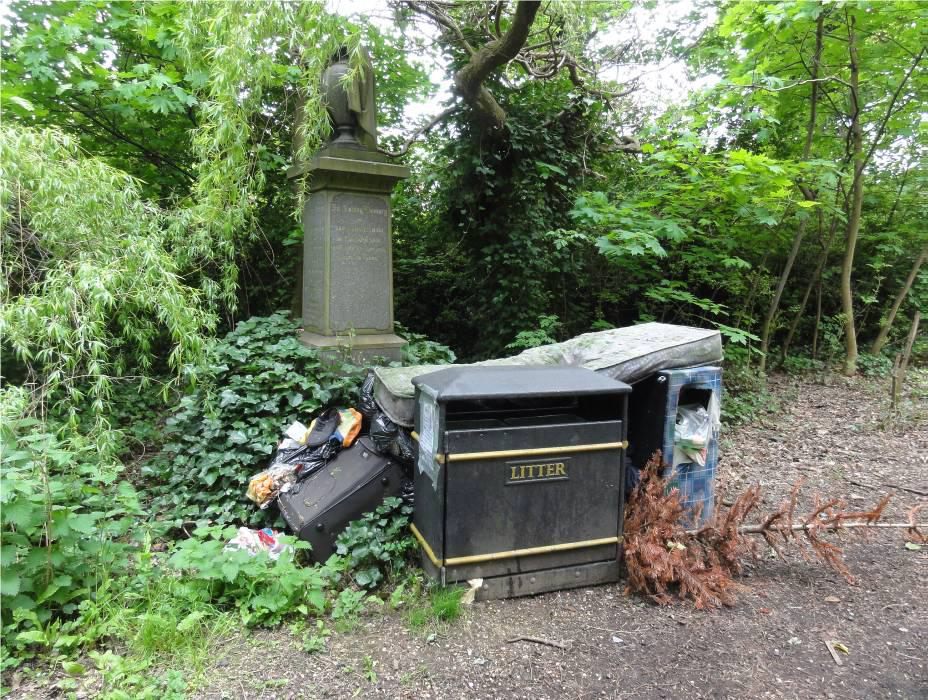
As you can see in the photograph he took, it wasn’t a pretty sight. This experience prompted him to contact Sonja Boemer-Christiansen, a fellow Hull Civic Society member. She had also shown an interest in reviving the cemetery and lived locally, so visited the site on a regular basis. She also offered her home to be the site of the first informal meetings of the fledgling Friends group.
Within a short space of time the Ward councillors became involved. Eva La Pensee was recruited to be the secretary. Other people involved around this time were Alan Deighton, who wrote the introductory leaflet that served the group well at the beginning. He was also the driving force behind the leaflet that described a guided walk through the cemetery. Lisa Hewson was also heavily involved at this time taking on the role of communications and Andrew Palfreman represented the Quaker burial ground with Chris Coulson.
Dipping my toe in
That autumn of 2015, responding to seeing a contact number in the Hull Civic Society newsletter, I spoke to John Scotney. I told him I had written an article on how the Hull General Cemetery began. I asked him did he want to publish it in the newsletter with the hope it could recruit more people to the cause. He said yes. So I sent it along to him and he still said yes after reading it.
We met up in the October of that year at Planet Coffee. John said he’d publish the article as soon as he could find the space in the newsletter, as it was a long piece. It was published in June 2016 This intervention on my part led me to be enlisted on the FOHGC mailing list. So my involvement with the FOHGC began in July 2016 but admittedly from a distance. Being someone who shuns ‘clubs’ or ‘groups’ on the Groucho Marx basis that any group that would have me as a member was something I should avoid, I didn’t dash to become involved.
Raising the profile: First steps
Another reason for my tardiness was that the FOHGC‘s aims appeared confused to me at that time. It devoted considerable time and effort to restoring the Edward Booth headstone that lies in Western Cemetery. A worthwhile project, and successfully completed, but not in Hull General Cemetery.
Of more importance to my mind was that the first guided walk of the cemetery took place. This was the first since Chris Ketchell’s famous one in 2000, illustrated below. It was led by John Scotney as part of the Heritage Open Days of that year. The cemetery had begun to have its profile raised. It was returning to life.

Another important event took place the next month. Hull City Council made £1600 available to the group to pay for two display boards and the production of the guided walk leaflet mentioned above. Effectively Hull City Council, the landowners, were showing support. It could only augur well for the future.
The display boards may yet turn up, who knows? Their original settings were the infamous ‘Blue Container’ and the old laundry wall leading through to the all-weather pitch near Thoresby Street. Neither of those sites exist any more so a rethink on that issue is probably necessary.
Depart
A more pertinent issue was on the horizon. Hull’s City of Culture programme included Hull General Cemetery but for all the wrong reasons. The theatre group Circa performed a production entitled ‘Depart’ in the cemetery. This involved some aerial ballet in the trees overlooking parts of the cemetery. On the whole it was well attended, and as Martin Green, the Chief Executive of the Hull City of Culture told the BBC, in response to some criticisms from members of the public,
“That might be the impression but this is contemporary circus, which is best described as beautiful, aerial dance. No-one is going to be standing on any graves but it is a piece that responds to cemeteries and what they are for.”
Most of the audience were indeed standing on people’s graves. The heavy equipment, needed for the theatre group to complete its performance safely, caused considerable damage to the paths and yes, people’s graves. So that reply from Martin was a little disingenuous. The cemetery was not celebrated; it was simply used as a backdrop. The headstones and the people buried there were used as part of a Hammer Horror-like setting for the artists to perform. Would this have been allowed in the Western or Northern Cemeteries?
The Council approved this event. However, in defence of the Council, it wanted the cultural events during that year to be spread across the city rather than be concentrated into the city centre. I would suggest that this was the reason why the Council approved it. If the theatre troupe approached them now I believe there would be a different response.
Social media and the Internet
A Facebook site was set up, as well as a website. The Facebook site attracted a lot of interest whilst the website languished. A plan to attract volunteers via a series of Activity Days was put into practice. However four days a year to remove the rubbish that constantly appeared was never going to do more than scrape the surface of the problem.
By September 2017, a bank account had been set up and the trail guide had been published. It was also the first meeting I attended. It was also the last by Alan Deighton who delivered the Guided Walk leaflet to the meeting and left. Was it something I said? No, it was nothing to do with me, thank heavens. He wanted to devote more time to the Carnegie Heritage Trust. You can, if you’re not very careful, spread yourself mightily thin. He’d recognised this and walked away.
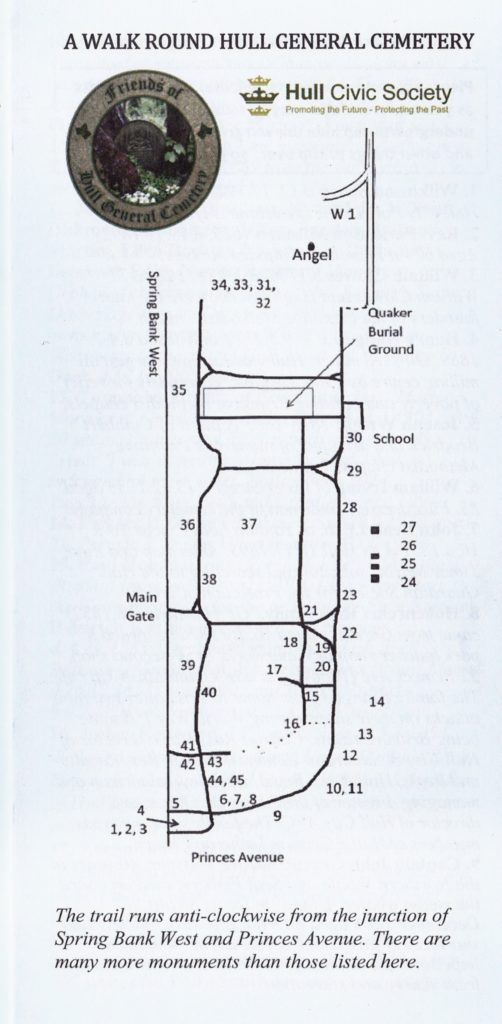
Revolving door
This is a recurrent theme of the FOHGC. People come and people go. As Arthur Lee of Love sang back in 1967, ‘And for every happy hello, there will be goodbye’ and that sums it up really. People join for whatever reason, attend, give their all, and then move on. Sometimes these people re-appear. Sometimes they don’t, having found another project that takes up their time.
Although this may appear, on the face of it, quite chaotic, what it does do is keep the FOHGC fresh, bubbling with ideas and enthusiastic to tackle the tasks ahead. That is why the FOHGC have always allowed an open forum aspect to the group membership. People aren’t elected and then sit there, seat blocking for years, without contributing anything. We don’t exist for the pleasure of being important and going to meetings. Far from it. We exist to help the cemetery.
The downside to that is that meetings, as meetings can do, may last for a long while if everyone who attends wants to have their say. So, although there is no restriction to who becomes members, it is also beholden upon them to realise when their time is up, and vacate their chairs. There’s always someone else who wants to attend, armed with a good idea and a bagful of enthusiasm.
Be warned though, many good ideas have failed in that cockpit of the meeting. Floundering on the twin rocks of scant resources and common sense. And that’s without taking into account that the FOHGC is simply an interest group that the landowner, Hull City Council, favours. Some ‘good ideas’ can rapidly lose us that patronage. So, bring them into the ‘kitchen’ but don’t be disappointed if they don’t make it to the table.
Over the years many members have moved on, Here are just some of them in no particular order; Stephen Hackett, Jan Fillinger, Chris Coulson, Andrew Palfreman, John Robinson, Lisa Hewson, Sonja Boemer-Christiansen and, of course, myself twice! I’m sure there will be others in the future. The only constant is the cemetery and that’s how it should be. The cemetery is why we are there and it is, of course, the star of the show.
The future
I’m sure all of you can appreciate that I’m reluctant to forecast much about the future. I’m writing this at the tail end of another lockdown due to the Covid 19 pandemic. ‘Nuff said. Where the FOHGC, and more importantly, the Hull General Cemetery will be in a year’s time, never mind a longer period is open to question. In what has been a remarkable last couple of years the FOHGC has been the recipient of grants from local charities, as well as all of the proceeds from a few books written about the cemetery. In essence, with little to no overheads, its finances are in good shape. And this is without a regular income stream that a membership scheme could provide.
That idea could indeed be the next step. However, to undertake that, the FOHGC would need to be established on a much more professional footing. It would need a constitution, and from that premise would stem elections, to provide its committee members. Those elections would need to be undertaken every year at an Annual General Meeting attended by the membership. If we explored becoming a charity other things would have to happen. The accounts would need to be verified by the Charity Commission and a firm of auditors. However, by becoming a charity it could enhance our income and provide other benefits.
That’s just the start but it’s a possibility. Other Cemetery Friends groups have done so and thrived. Here’s a couple of shots of Nunhead Cemetery’s Open Day 2019. Now imagine that in Hull General Cemetery. Nunhead, of course, is one of the Magnificent Seven in London. They have been holding open days, complete with stalls, since the late 1980’s so we’ve got some ground to make up. But there’s no reason why we can’t be ambitious and think ahead.
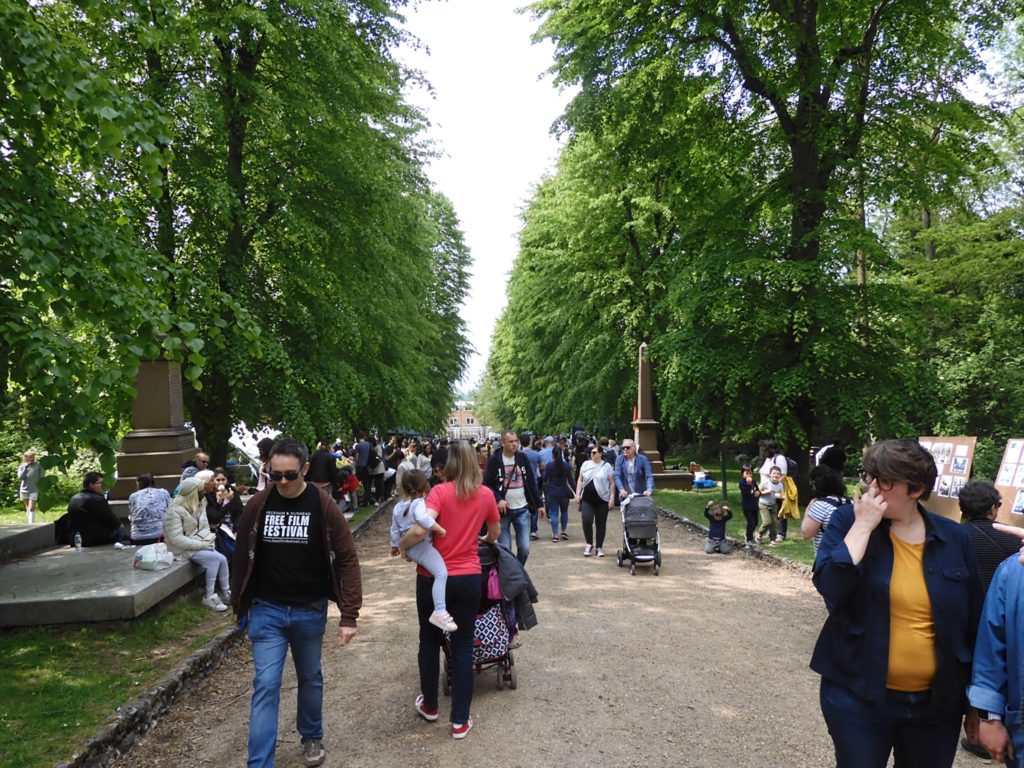
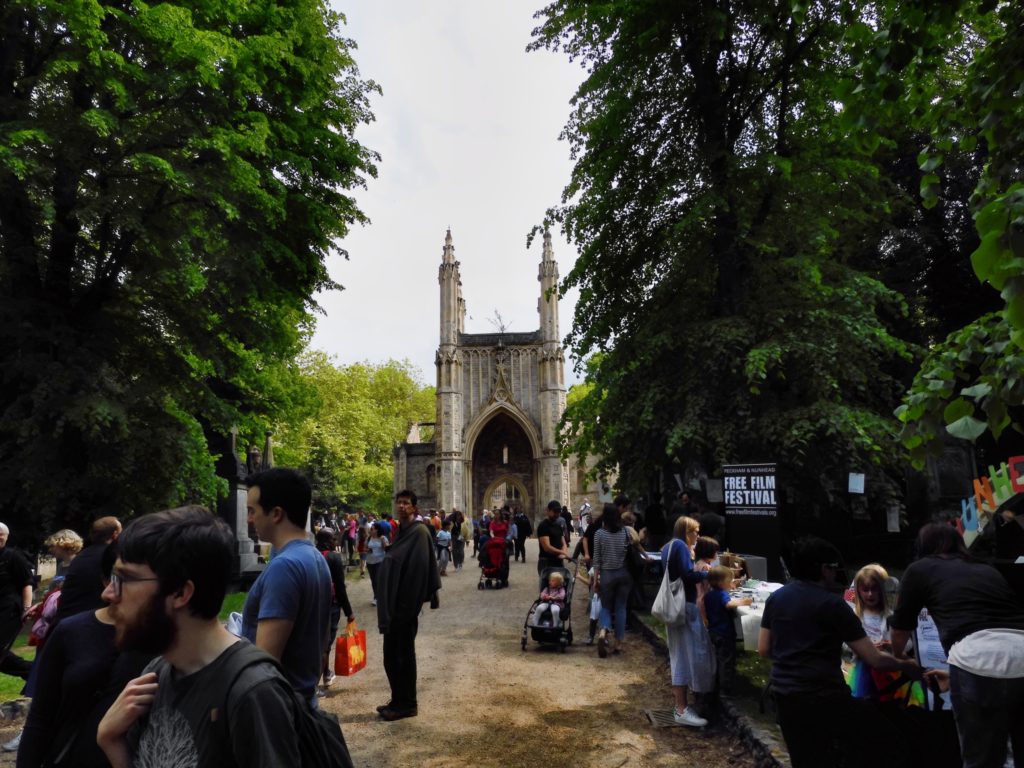
However, my opinion is that more groundwork needs to be done first before that jump takes place. Links to local schools should be strengthened so that kids are in there as part of their education and grow up respecting the site. Local businesses such as bars and cafes on Princes Avenue should have the guided walks and other information leaflets made available to them. This could encourage some of the public to saunter along to the cemetery on a summer’s afternoon after a late lunch and enjoy its attractions.
More organised guided walks should take place, not just on the subject of the dead inhabitants of the cemetery, but on the living ones too. Bats, owls, birds of all kinds, butterflies, foxes and even rats should all have their place in the sun. Metaphorically speaking of course, especially in the case of bats and owls! The display boards (remember them!) should be installed to enhance the visitor’s knowledge of the cemetery’s history and ecology. And that’s just for starters.
But the FOHGC is now established. The cemetery has had its profile raised. Guided walks attract a good crowd of interested people. The new Facebook site already has over 900 members and at least a 100 of them want to comment, add or dispute something which is a good sign. No one likes a moribund social media site. This website you are visiting now will hopefully archive and maintain the research undertaken by contributors. Such valuable material quickly gets lost on the Facebook site. The books are now all out of print but there is the distinct possibility that one or two more new ones are in the pipeline.
And that is without mentioning the considerable hard, physical work done by the volunteers of all kinds. They have, in bringing the cemetery back from the dead, made the site more welcoming than it has been for years. With all of this effort it is unlikely that the cemetery will ever become unloved again. To that end FOHGC will continue to oversee this project. When all of its current members have put their secateurs and keyboards away, they will be replaced by other, ardent lovers of Hull General Cemetery. And long may that continue.

Pete Lowden is a member of the Friends of Hull General Cemetery committee which is committed to reclaiming the cemetery and returning it back to a community resource.


